Logan Burley
Library Blogs
Showing 631 - 640 of 1968 items
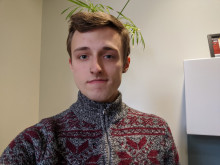
Gender is a powerful social category that individuals constantly use to make sense of both themselves and those around them. The Western world splits people into two categories: woman and man. These two gender categories can be used to visually sort almost all things. Individuals constantly attribute masculinity of femininity not only to people, but to animals and objects, too. With this in mind, my thesis hoped to examine how individuals interpret the gender cues that others present, particularly those present in the face. Individuals who identify outside of the man-woman dichotomy are gaining increased visibility. The core question is how has the increasing visibility of the nonbinary community begun to change how people conceptualize gender, particularly in how they perceive the gender of others?
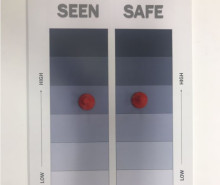
In three blog posts, the authors describe a multi-year library service design project. This first post describes the origins and goals of the assessment project.
•
With the help of 3D printer of Shapiro Design Lab, I completed my project of making a two part mold for a fishing lure.

Well the library has been shut down until at least March 30th. Read this post to find some ebook resources that you can use as entertainment during these few weeks of self isolation.
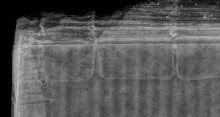
The University of Michigan Library and the Detroit Institute of Arts have recently collaborated in a project to produce x-ray images of the hidden structure inside a fourteenth-century Greek manuscript binding.
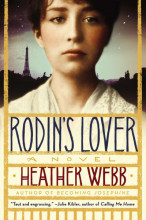
Rodin's Lover is a biographical novel about Camille Claudel, an amazingly talented female sculptor in late 19th century Paris. She becomes the lover of Auguste Rodin and inspires his work, but her frustration at his inability to commit to her leads her to break off the relationship. After their breakup, she creates some of her most innovative work.
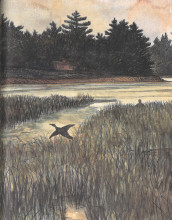
Join Special Collections today for a Great Lakes Theme Semester event at 3pm in Room 660D. Dr. Elizabeth Goodenough of the Residential College will give a presentation exploring the landscapes of the Great Lakes as they shape the lives of children, writers, and illustrators. Also, from 4-6pm tomorrow, stop by Special Collections After Hours in the open study space adjacent to the 6th floor Reading Room. A wide range of published and archival material from Michigan children's literature authors and illustrators will be on display. Light refreshments will be served.
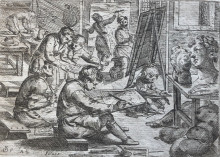
This blog post features an extraordinary well-preserved copy of what is perhaps one of the earliest extant drawing manuals that were published in Western Europe in the first half of the seventeenth century. Its author is Odoardo Fialetti, an Italian artist whose professional life flourished in Venice at the end of the sixteenth century; Fialetti had access to Tintoretto’s workshop, eventually becoming an accomplished copperplate engraver. While more than 200 engravings are attributed to him, Fialetti is best known for the illustrations he created for his two drawing manuals published in Venice in 1608 and 1609. Indeed, these two manuals became extremely popular among young artists, having a considerable impact on subsequent European manuals of this type published throughout the seventeenth and eighteenth centuries. In a few words, a drawing manual consisted of a collection of images of the human body that served as models for young apprentices; these illustrations represented the body in full or in sections, and were arranged in increasing difficulty. Essentially, these manuals were self-taught guides and, since they were meant to be heavily used as opposed to be shelved merely for reference, currently they are rarely found at libraries, museums, or private collections.
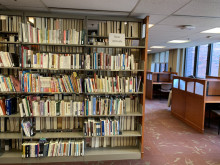
Asia Library, which celebrated its 70th anniversary in 2017, recently logged another very meaningful milestone: the number of volumes we hold has surpassed the one million mark. To be precise (we think), our collection now contains 1,006,553 volumes.
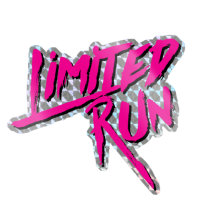
The mission of the University of Michigan Library’s Computer and Video Game Archive (CVGA) is to preserve and provide access to games for current and future study and research. In a world where digital games are becoming more prevalent than physical games, preserving these digital games can be a challenge. The CVGA recently received special funding from the library to purchase a large number (approx. 180) of games from Limited Run Games, a "publisher of limited run physical games for PlayStation Vita, PlayStation 4, and Nintendo Switch," that focuses on "bringing games that were previously only available in a digital format to a physical medium."